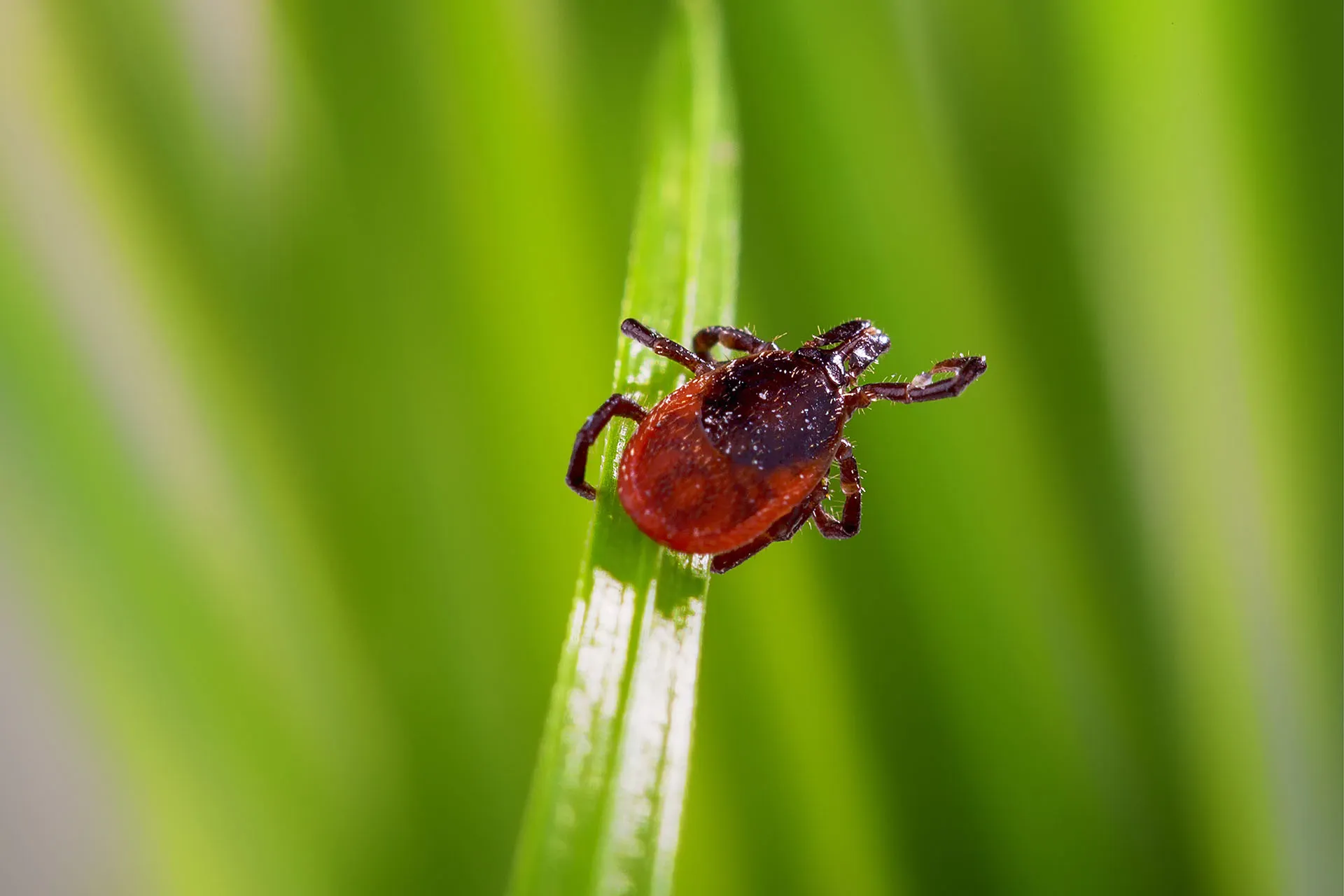Ticks are a topic certain to elicit a visceral reaction among outdoor enthusiasts. The tiny parasitic arachnids best-known as a vector for diseases are a common and seemingly unavoidable consequence of venturing into wild places. Most seasoned hikers and even casual adventurers have had the unpleasant experience of plucking a tick from an arm, a leg or somewhere less exposed after a stroll in the woods.
There are almost 900 tick species worldwide — about 90 of them in the U.S. — and almost all are classified into two taxonomic families: 185 “soft tick” species (Argasidae) and 713 “hard tick” species (Ixodidae). There is also a monotypic (single species) family, Nuttalliella, combining traits of soft and hard ticks.
May through August is the peak season for ticks in the U.S. Understanding the various types of ticks you could encounter, their complex life stages and how they transmit diseases is crucial to protecting yourself from the health risks they pose while exploring the world around you.
The life cycle of a tick
They may look like any other insect, but don’t be fooled, ticks are arachnids and are more closely related to spiders, mites and scorpions. Like all arachnids, they have eight legs attached to a thorax and share a similar life cycle, transitioning from egg to larvae to nymph to adult. Ticks do add a twist to this process, though. They must attach to a mammalian host and drink blood, their sole source of food, at each life stage.
A tick’s life cycle is fairly uncomplicated, but for ease of explanation, it makes the most sense to start at the end, says Aquarium Entomologist II Rose Segbers.
“At the end of their life, they drop off their host (or mate on the host and drop off), lay their legs in leaf litter somewhere and die,” Segbers says.
The eggs experience a period without development called diapause to get them through the winter before hatching in the spring as larvae with six legs (sometimes called “seed ticks”). At this point, they immediately begin their search for a host.
“The seed tick crawls up to the highest brush area it can possibly find, like the tip of a blade of grass,” Segbers says. “That’s where it attaches to you, and it’s why sometimes when you walk through a field, you will be covered in seed ticks.”
For many tick species, that’s the end of their story. They will spend their entire life on the host, molting into their eight-legged adult form and even mating there before dropping off to lay their eggs and continue the cycle.
The problem species – for humans – are the ticks that continue this cycle several times before the end.
Of the two families of ticks, no soft ticks (of the family Argasidae) are medically significant to humans. Hard ticks belonging to Ixodidae, on the other hand, are responsible for spreading medically significant diseases to humans.
“We have two and three host species ticks in the Chattanooga area, which is the issue, because they will usually drop off in between molts to find a different host,” Segbers says. “Whatever they pick up at the first host, they pass to their second and third host, which is occasionally us.”
Many tick-borne illnesses, like Lyme Disease, are common in mammals such as White-footed Mice. When ticks begin their life cycle with a White-footed Mouse host, they’re more likely to carry that disease to a future human host.
Ticks in the Chattanooga region that can be a vector for disease include Black-legged Ticks or Deer Ticks, Brown Dog Ticks, Gulf Coast Ticks and Lone Star Ticks.
Interestingly, another often-maligned animal plays an important role in helping reduce occurrences of tick-borne illnesses. Snakes like ratsnakes, copperheads and rattlesnakes help keep populations of rodents in check and make these diseases less likely to spread to humans.
How to prevent tick bites
Ticks are an unfortunate reality of the outdoors, but there are a few things you can do to protect yourself and minimize the chances of an unwanted encounter.
- Avoid fields with tall grasses or plants that could brush against your legs, arms and waist. These are some of the most common habitats for ticks.
- While hiking, stick close to the center of trails and avoid traveling through dense brush, where ticks might be waiting for a host.
- When you do spend time outdoors, wear closed shoes, full-length socks and clothing that covers your legs and arms.
- Before your adventure, consider pre-treating your clothing with 0.5% permethrin, which is effective for repelling ticks. Be sure you follow the instructions on the label and do not apply permethrin to skin.
- After you return home, check your clothing, belongings and body for ticks and shower as soon as possible.
How to safely remove ticks
If you do discover a tick attached to your skin, remove it as soon as possible but don’t do it with your bare hands.
“Almost anything is better,” Segbers says. “If you remove it with your bare hands, you could squish the tick, sending the blood in its body into your skin.”
Instead, use a set of tweezers. Grip the head of the tick as close to the surface of the skin as possible and pull upward, without twisting or jerking, until the tick pops free.
Next, clean the bite with rubbing alcohol or soap and water and dispose of the live tick by submerging it in rubbing alcohol or flushing it down the toilet.
If you develop a rash or fever over the next days or weeks, see your doctor and be sure to mention the bite.
Learn more about tick safety at the Centers for Disease Control and Prevention’s website.
